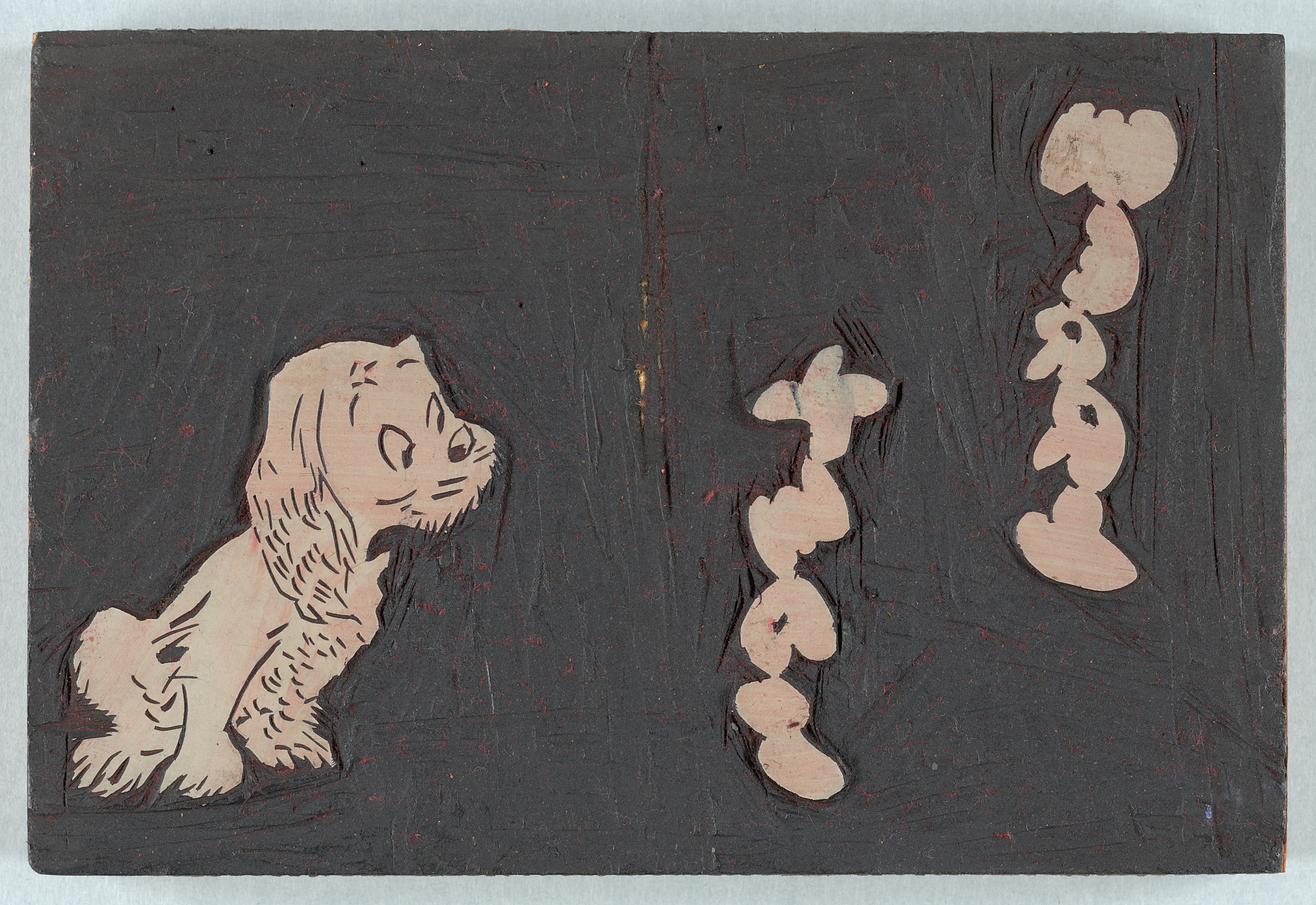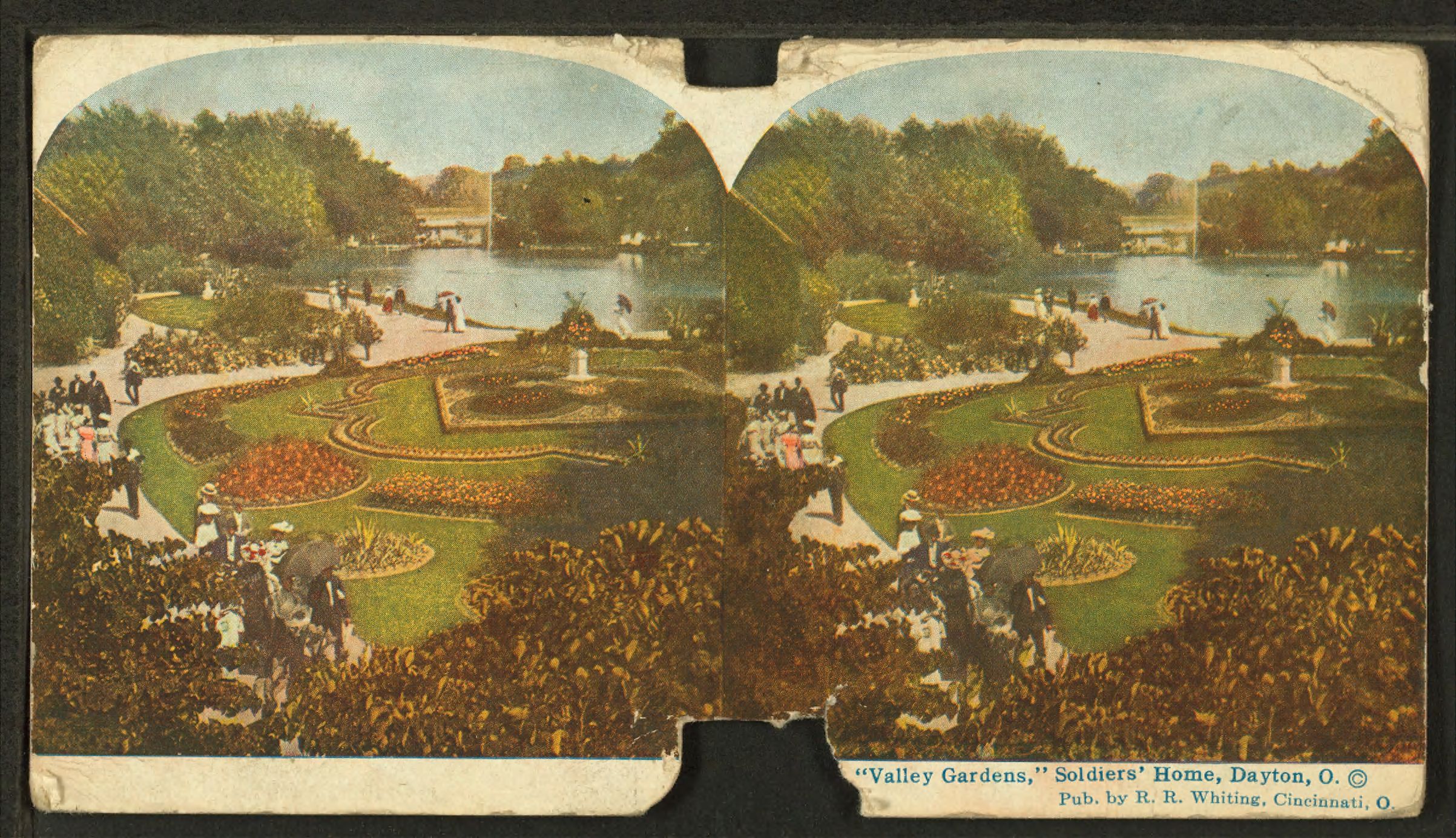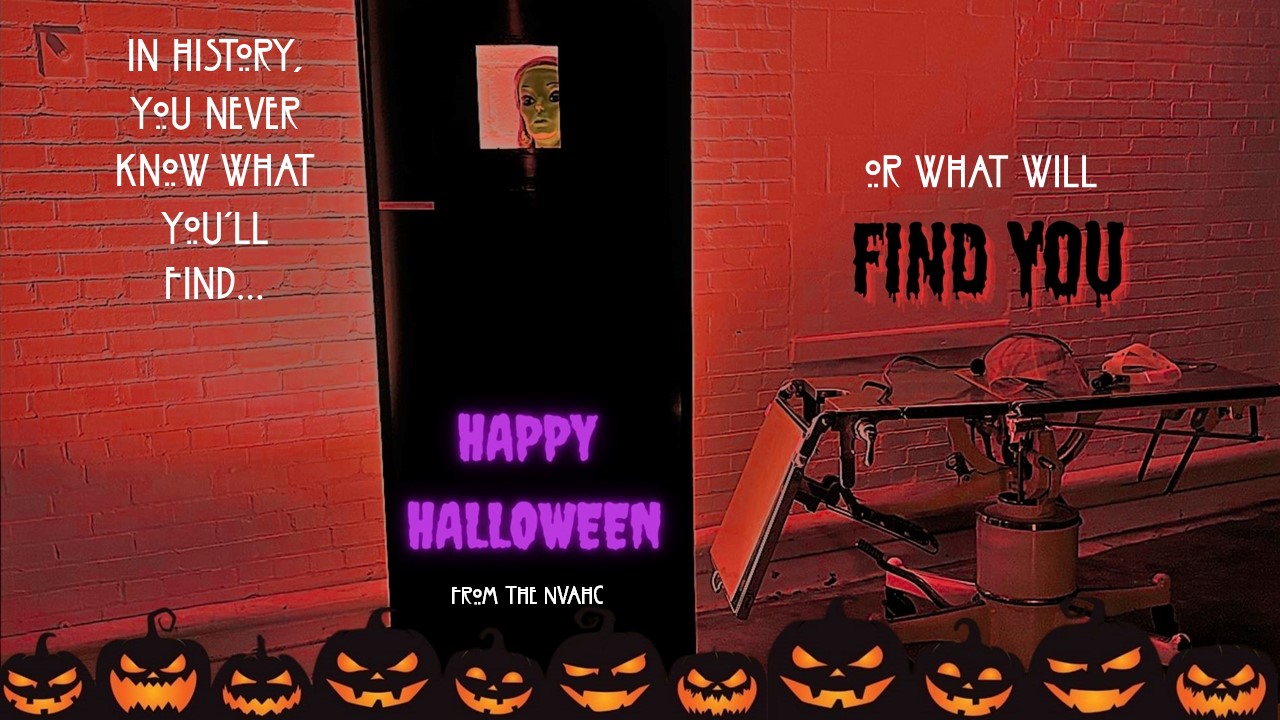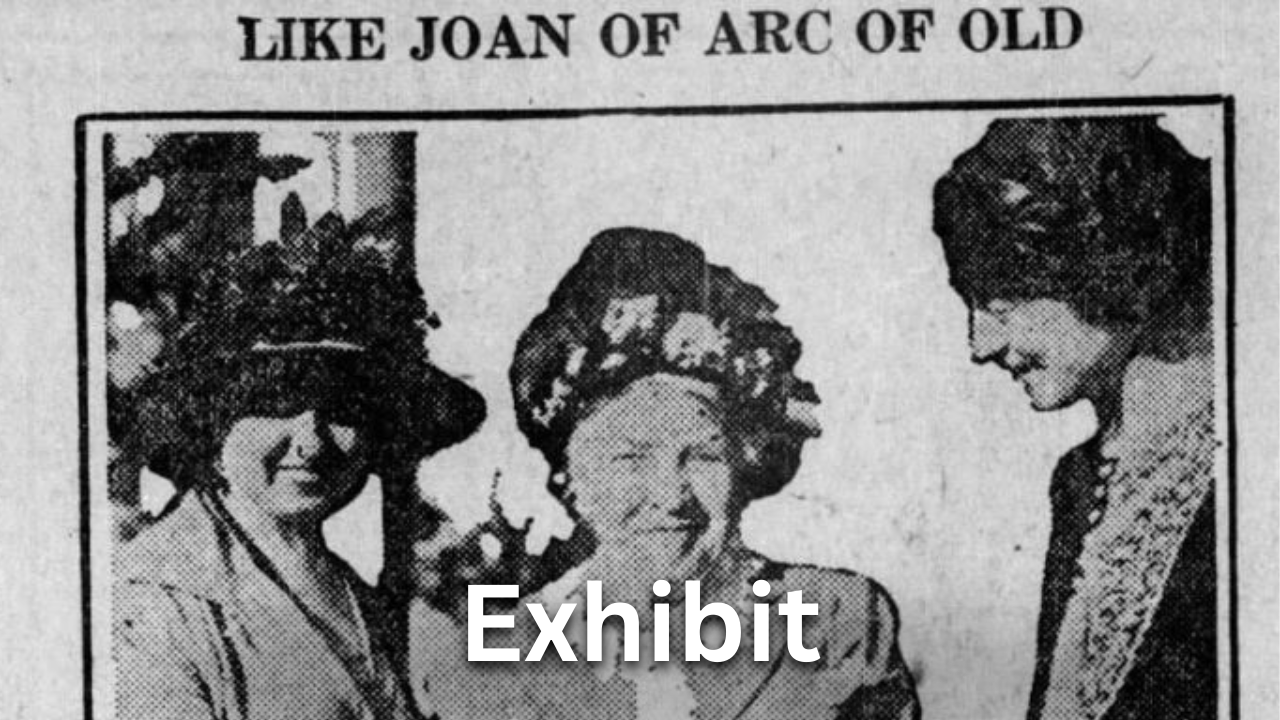Curator Corner
It isn’t often that researchers who work with historic objects get to know the people who used those objects every day. Sometimes we get lucky and can link artifacts to certain facilities or buildings on a historic VA campus, but usually we must look for more hidden lines of evidence to figure out how an object fits into the history of those who care for our Nation’s Veterans. As nice as it would be, it isn’t as if many artifacts turn up labeled with their owners’ names! So, imagine my surprise when my teammates and I began sweeping Putnam Library for any historic objects left behind before the building is closed for renovation, and found just that.
As far as artifacts go, its story seemed simple: book presses like these would have been used to help maintain and repair the thousands of books read in Putnam Library ever since it first opened in 1879. The day that I first got up close and personal with the press, I noticed a woman’s name scraped into the black paint of the platen (the technical name for the big metal plate used to hold books together). It said “Helen Carson” in big, legible letters. As we carefully transported the heavy press down the many stairs inside Putnam Library, I looked at the name and thought “Hm…wonder who that is?”.
Curator Corner
Mary Lowell Putnam is tied to VA history by her generous donation of a large volume of books to the Central Branch of the National Home for Disabled Volunteer Soldiers. These books, meant to honor her son who died in the Civil War, helped foster reading advancement for the Veterans who lived there after the war and into the 20th Century. However, her life was more than just a moment in time donating books. It included a life-long study of languages and a very sharp opinion that she shared in writing throughout her life.
Exhibits
While Veterans engaged in activities and learned trades at the National Home for Disabled Volunteer Soldiers (NHDVS) since its inception after the Civil War, formal occupational therapy programs became components of rehabilitative care for Veterans beginning in the 20th century. This exhibit explores what type of activities were used to treat Veterans by showing items from the collection at the National VA History Center.
Curator Corner
What's in the box? - For this holiday and Christmas season, the curatorial staff at the National VA History Center found an item from the Mountain Home VA that involves a trade that is rarely used today: letterpress printing.
Phones and laptops make it easy to type and design cards that can be printed in mere moments. But in the past, printing a unique Christmas card, for example, would have required specialized training and skill to create a template. Which, is exactly what our staff at the NVAHC found in the latest box opened in the collection.
Happy Holidays!
Curator Corner
In 2021, as our collection was in the early stages of being established, we featured a story on VA Thanksgiving meal menus from 1930 and 1970. That menu collection has since grown, with items dating back to 1903 now on hand. Check out the latest 'From the Collection' story on Thanksgiving menus though the years.
History of VA in 100 Objects
The federal government in the Civil War arranged to care for returning soldiers too weakened by their wounds, the lingering effects of disease, or the hardships of military life. In the decades after the war, the government established the National Home for Disabled Volunteer Soldiers.
The Board of Managers for the National Home added such amenities as chapels, libraries, theaters, and playing fields. Great care also went into the shaping of the physical environment. The board employed landscaping architects to design the grounds of each branch to create an attractive, idyllic setting for residents and visitors alike. Influenced by the picturesque landscape movement, they adorned the National Home campuses with man-made ponds and lakes, ornate flower gardens, elaborate plantings of shrubs and trees, winding trails, and other features to beautify the properties.
Curator Corner
What's in the box? - In the first of many, our National VA History Center is on the search to discover unique collection items one box at a time. On a dark and stormy night (not really), deep in the confines of the quiet halls of the warehouse (actually in a well lit office), our curator staff opened a box to find a mysterious and lonely head, with no body. It was the Curse of the Mannequin Head!
Exhibits
VA History Exhibit - While women have served in nearly all of America’s wars, some only achieved the right to Government-provided health care after World War One. This exhibit examines how women Veterans obtained admittance to the National Home for Disabled Volunteer Soldiers 100 years ago in 1923, and profiles what care looked like for these first women patients.
History of VA in 100 Objects
At the VA Medical Center in Dayton, Ohio, Miller Cottage stands as a mostly forgotten reminder of women’s fight for inclusion in the benefits and health care system for Veterans. This long, multi-story brick building with a white-columned portico originated as a barracks built specifically to house female Veterans on the grounds of what was then called the Central Branch of the National Home for Disabled Volunteer Soldiers (NHDVS). The establishment of the residence represented a rare victory for the female Veterans of the First World War in their quest to obtain government support for all uniformed women who served and sacrificed during that conflict.
History of VA in 100 Objects
U.S. participation in the First World War produced a shift away from relying on long-term institutional care for Veterans in need to a model of Veteran welfare centered around short-term hospitalization. During the war, the War Department assumed responsibility for tending to the sick and wounded. Afterwards, when the Army dismantled its hospital system, the U.S. Public Health Service (PHS) stepped in to fill the breach, acquiring numerous facilities the Army and Navy no longer wanted as well as other properties that could be used for medical purposes.
Featured Stories
Frank Hines was the longest tenured VA leader, from 1923 until 1945 and end of World War II. He led two different Veteran agencies, first the Veterans Bureau and then the Veterans Administration. Despite constant challenges and changes to the system, he was a stable leader for a new federal agency.
Featured Stories
After the Civil War, thousands of Volunteer Soldiers needed care. Two women, Delphine Baker and Emma Miller were critically important to the creation and operation of the National Home for Disabled Volunteer Soldiers, the governments answer to providing healthcare to the Union volunteers during the Civil War.















